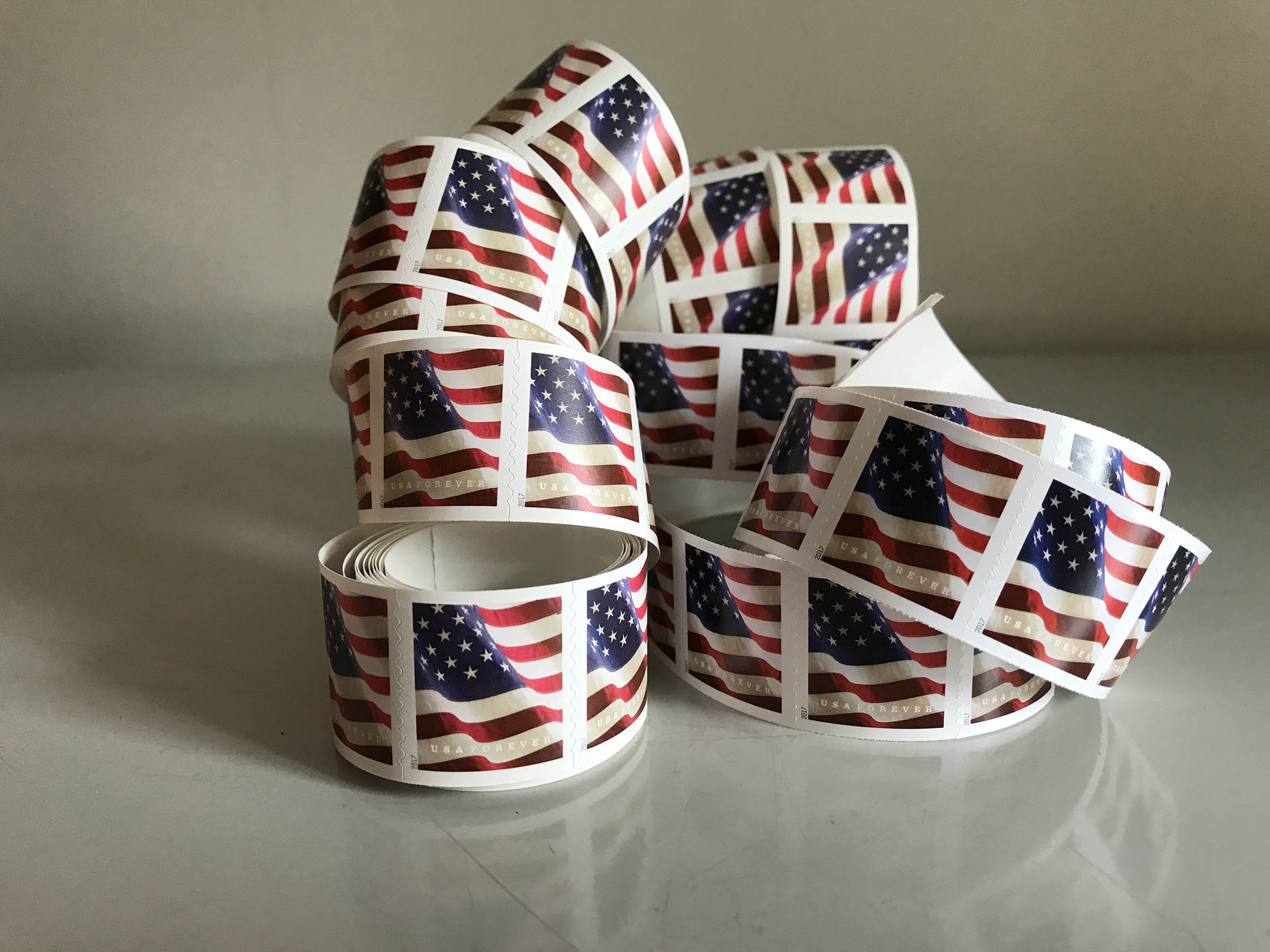Understanding how postage works and the price options are critical for running a successful political campaign. When it comes to mailing options for political campaigns, there are several options to choose from.
Here are a few of the most important to know:
First Class
When you buy a stamp, you are most likely buying first-class postage, and your envelope or a postcard will be delivered anywhere in the US, typically in 1-3 days. First-class postage is one of the more expensive postage options, but in return, your mail may be delivered a little faster with fewer disruptions. On your campaign, you should limit your use of first-class stamps to thank you notes or mailings of fewer than 200 pieces.
Postcard Stamps
Another type of common postage is the postcard stamp. Because a standard postcard is small and consistently sized, you can pay a lower rate but receive the same service as a first-class stamp. However, like first class stamps, you’ll want to be conservative in your use of postcard stamps because there are more cost-effective ways to get your bulk mail delivered.
Traditional Bulk Mail
Bulk rate offers a significant discount compared to first-class postage. This makes it a cost-effective option for sending a large number of postcards with rates starting at $0.183. To access these rates, your letters or postcards will need to meet size and weight criteria as well as be delivered to the post office already sorted by mail route. There is no set, per-item price with bulk mail. Instead, each postcard is billed based on size and the distance from sender to recipient. Even with this variable rate, bulk postage is much lower than first class.
Every Door Direct Mail
Every Door Direct Mail (EDDM) is an in-expensive mailing service offered by the United States Postal Service. Instead of sending mail to a targeted list, EDDM delivers mail to every address within a specific geographic area. You don’t even need to know the names and addresses of the recipients. This type of mail would be better suited to a business or a non-profit. Even discounts will likely not offset the additional cost of sending mail to non-voters, and especially outside your targeted universe.
Downside of Bulk Mail
The downside of bulk mail is that the post office has fewer guarantees. Entire boxes of bulk mail can get lost and turn up weeks or months later. That can be devastating for a political campaign. Bulk mail can also get beat up or damaged as less care is given while sorting.
Political Red Tag
Because of the crucial nature of political mail to the democratic process, the United States Postal Service will allow you to apply the red “Tag 57” to your political bulk mail. This tag helps Postal Service employees to promptly and efficiently process and deliver political mail. According to USPS, Red tag use is limited to registered political candidates, campaign committees, political party committees, or political message mailings by a Political Action Committee, super PAC, or other organizations engaging in issue advocacy or voter mobilization. Red tags are the best way to ensure your political mail arrives by Election Day.
Understanding postage for political campaigns is an important aspect of any successful campaign. Postage costs can vary greatly, and a cost overrun may be the difference between winning and losing your race. Even if you outsource your mail to a campaign vendor, ask questions and make sure you understand political campaign postage and how your mail will arrive at its destination by Election Day.
Quick note! Some links in our blog are affiliate links. If you click and buy, we might earn a commission for sharing our favorite products – no extra cost to you. It’s like a win-win!
